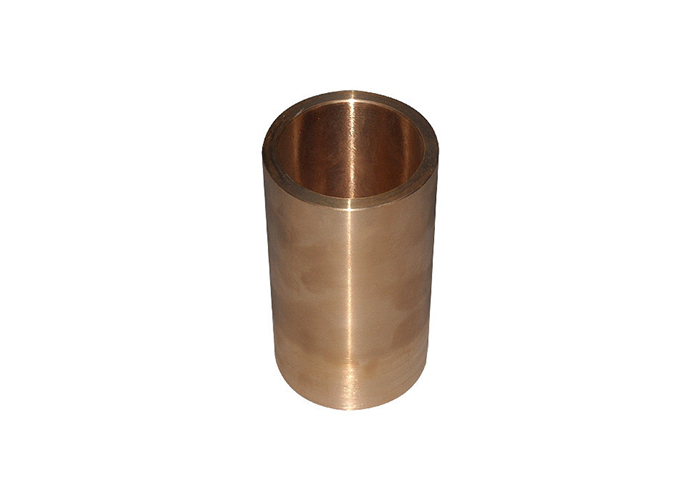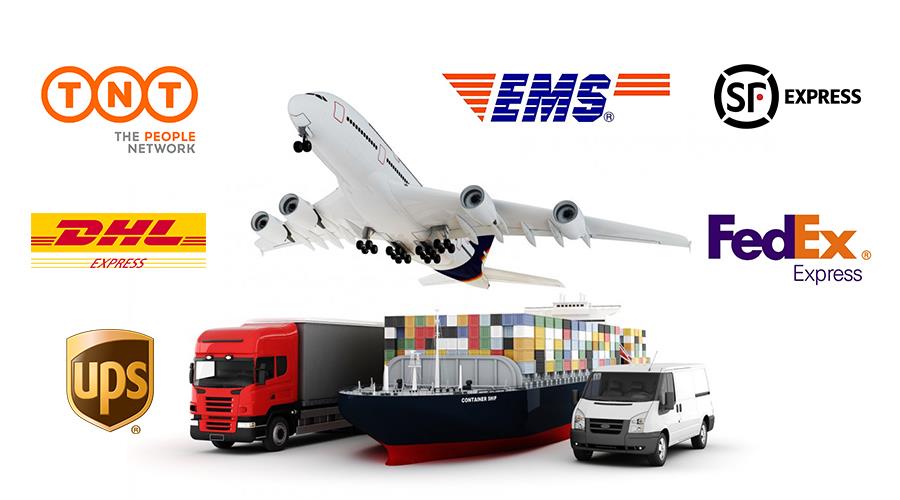Bronze pipe and bronze tubing are made of alloys consisting primarily of copper, usually with tin as the main additive. It is hard and tough, and bronze was so significant in antiquity that the Bronze Age was named after it.
There are many different bronze alloys, but modern bronze is typically 88% copper and 12% tin. Commercial bronze (90% copper and 10% zinc) and architectural bronze (57% copper, 3% lead, and 40% zinc) are more properly regarded as brass alloys because they contain zinc as the main alloying ingredient. They are commonly used in architectural applications.


Extruded Bronze Tube
|
Type |
Cross-sectional shape |
Alloy |
State |
Section size(mm) |
Standard(mm) |
Standard |
|
|
OD |
THX |
||||||
|
Extruded Bronze Tube |
Round |
QAl9-2 QAl10-4-4 |
R |
90~250 |
5~50 |
500~6000 |
YS/T662-2007 |
|
QSi3.5-3-1.5 |
R |
100~200 |
10~30 |
500~6000 |
|||
|
QCr0.5 |
R |
100~220 |
17.5~37.5 |
500~3000 |
|||
Draw Bronze Tube
|
Type |
Cross-sectional shape |
Alloy |
State |
Section size(mm) |
Standard |
Length(mm) |
|
|
OD |
THX |
||||||
|
Draw Bronze Tube |
Round |
C18200 QCr0.5 |
H |
50~102 |
10~17.5 |
Negotiation |
OD≤50 L1000~7000 |
|
LC1815 |
TR02 |
46 |
6.35 |
Enterprise Standard |
≥1000~10000 |
||
The lead content in bearing bronze pipe and bronze tubing is between 7 percent and 15 percent. Highly leaded tin bronze alloys are free cutting, and they retain favorable thermal conductivity and good lubricity due to their lead content. Alloy 932 or C93200 is considered workhorse alloy and is widely used in many bearing applications.
1. Standard Exporting package.
2. Original package or neutral package.
3. According to clients ' needs.
4. Shipped in10-35 days after payment.
